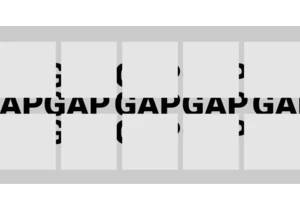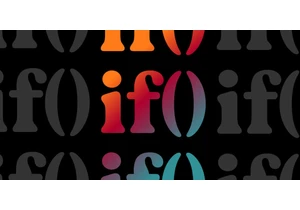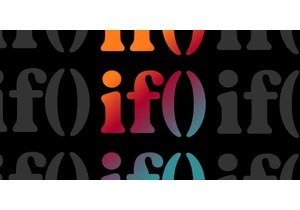An event bus is a design pattern (and while we’ll be talking about JavaScript here, it’s a design pattern in any language) that can be used to simplify communications between different components. It can also be thought of as publish/subscribe or pubsub. The idea is that components can listen to the event bus to know when to do the things they do. For example, a “tab panel” component might listen for events telling it to change the active tab. … Read article “Let’s Create a Lightweight Native Event Bus in JavaScript”
The post Let’s Create a Lightweight Native Event Bus in JavaScript appeared first on CSS-Tricks. You can support CSS-Tricks by being an MVP Supporter.
https://css-tricks.com/lets-create-a-lightweight-native-event-bus-in-javascript/
Войдите, чтобы добавить комментарий
Другие сообщения в этой группе

Styling the space between layout items — the gap — has typically required some clever workarounds. But a new CSS feature changes all that with just a few simple CSS properties that make it easy, ye

Being the bad boy I am, I don't take Tailwind's default approach to cascade layers as the "best" one. Over a year experimenting with Tailwind and vanilla CSS, I've come across what I believe is a b


KelpUI is new library that Chris Ferdinandi is developing, designed to leverage newer CSS features and Web Components. I've enjoyed following Chris as he's publishe

The CSS if() function enables us to use values conditionally, which we can already do with queries and other functions, so I’m sure you’re wondering: What exactly does if()

The CSS if() function was recently implemented in Chrome 137, making it the first instance where we have it supported by a mainstream browser. Let's poke at it a bit at a very high lev

Zell discusses refactoring the Resize, Mutation, and Intersection Observer APIs for easier usage, demonstrating how to implement callback and event listener patterns, while highlighting available o
